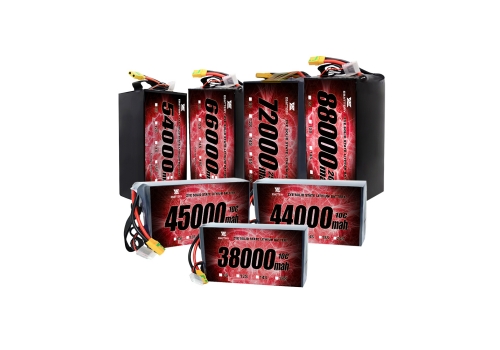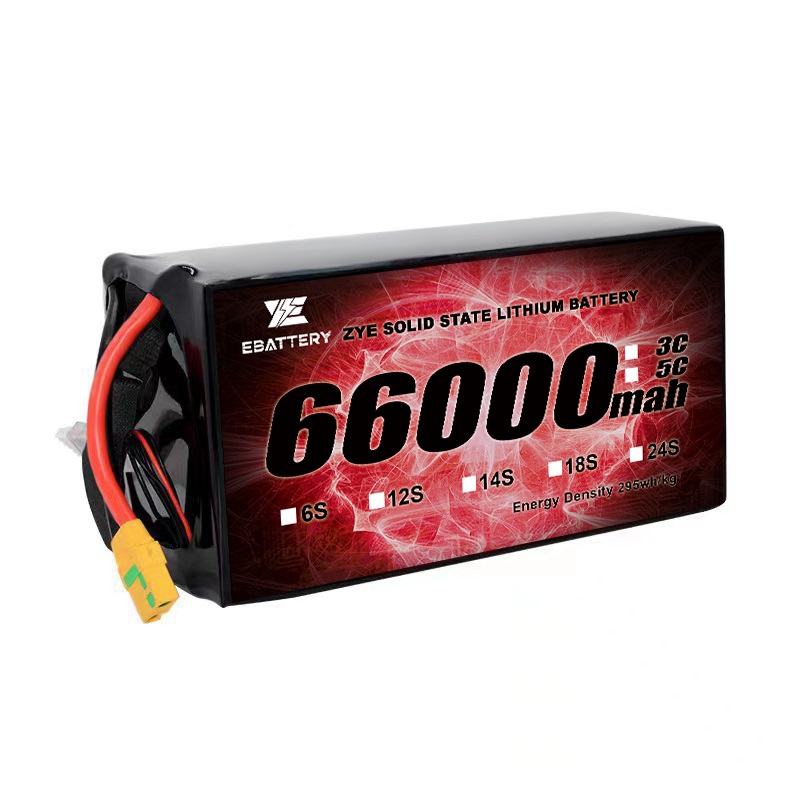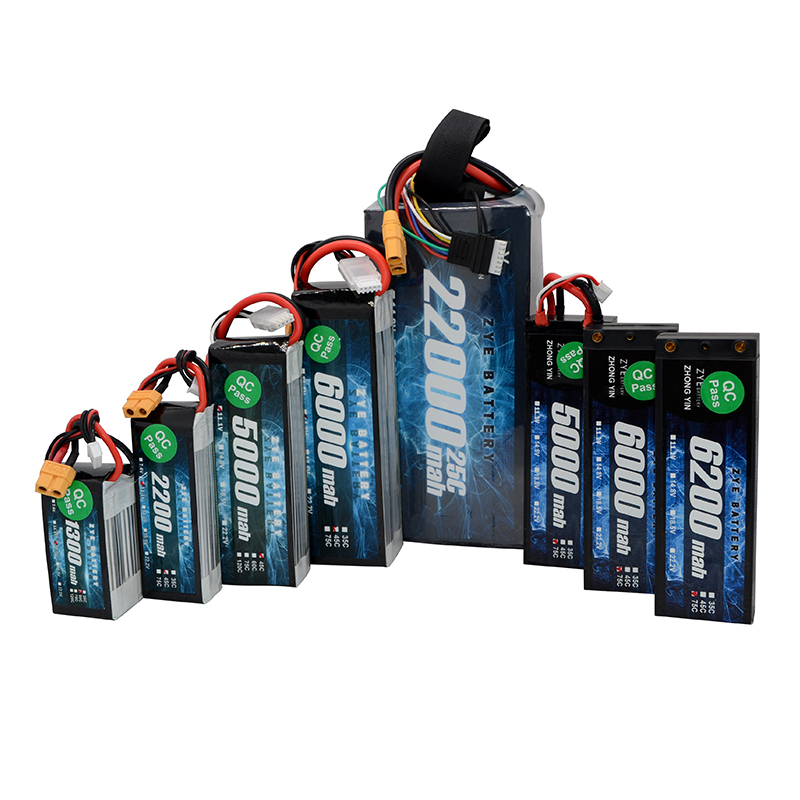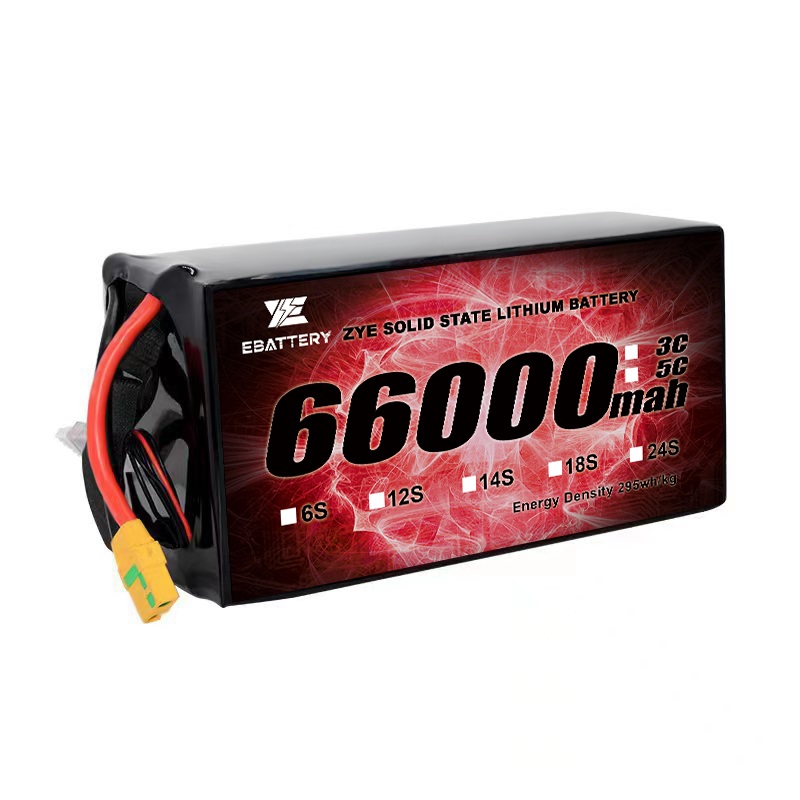How to manufacture soft-pack battery cells?
2025-10-11
A cell is the smallest unit of a battery system. Multiple cells form a module, and multiple modules form a battery pack, constituting the basic structure of automotive power batteries.

The cell production process includes:
(1) Active Material Slurry Preparation — Mixing Process
Mixing involves blending active materials (lithium iron phosphate for the cathode, graphite for the anode) into a slurry using a vacuum mixer. This is the first step in battery production. The quality control of this process directly impacts battery quality and finished product yield. It involves a complex workflow with stringent requirements for raw material ratios, mixing steps, stirring duration, and more.
(2) Coating the stirred slurry onto copper foil — Coating Process
This process involves uniformly coating the pre-mixed slurry onto both sides of copper foil.
The critical focus of coating is achieving consistent thickness and weight.
Coating is paramount to ensuring uniform electrode thickness and weight, as deviations compromise battery consistency. It must also prevent particle, debris, or dust contamination in the electrodes. Such contamination can cause accelerated battery discharge and even pose safety hazards.
(3) Cold Pressing and Pre-Cutting: Consolidating Anode Material on Copper Foil
In the rolling workshop, rolls compress the electrode sheets coated with anode and cathode materials. This process densifies the coating to enhance energy density and ensure thickness uniformity while further controlling dust and humidity.
Cold pressing compacts the positive and negative electrode materials on the aluminum foil, which is crucial for enhancing energy density.
The cold-pressed electrode sheets are then slit to the required battery dimensions, with strict control over burr formation (visible only under a microscope). This prevents burrs from piercing the separator, which could create serious safety hazards.
(4) Creating the battery's positive and negative tabs—Tab Die-Cutting and Slitting
The tab die-cutting process uses a die-cutting machine to form the conductive tabs for the cell. As batteries have positive and negative poles, these tabs serve as the metal conductors that connect the cell's electrodes. Simply put, they are the “ears” of the battery's terminals, acting as contact points during charging and discharging.
The subsequent slitting process uses cutting blades to divide the battery electrode sheets.
(5) Completing the Cell Prototype — Lamination Process
The slit electrode sheets are stacked in the sequence: negative electrode, separator, positive electrode, separator, negative electrode, separator, positive electrode... positive electrode, separator, negative electrode. This process is called stacking, and the assembled electrode sheets are referred to as the cell.
(6) Tab Welding
This is the second process in cell fabrication. Using specialized welding equipment, tabs are welded to the stacked cell.
(7) Encapsulation
This is the third step in cell preparation. The cell is wrapped in aluminum-plastic film.
(8) Moisture Removal and Electrolyte Injection — Baking and Electrolyte Filling
Moisture is the arch-enemy of battery systems. The baking process ensures internal moisture levels meet standards, guaranteeing optimal performance throughout the battery's lifecycle.
Electrolyte filling is the fourth step in cell preparation. Electrolyte is injected into the encapsulated cell through a reserved filling port, forming a semi-finished cell. Electrolyte acts like blood flowing through the cell's body, where energy exchange occurs through the transfer of charged ions. These ions transport from the electrolyte to the opposite electrode, completing the charging and discharging process. The volume of electrolyte injected is critical. Excessive filling can cause battery overheating or immediate failure, while insufficient filling compromises the battery's cycle life.
(9) Cell Activation Process — Formation
Formation is the process of activating cells after electrolyte filling. Through repeated charging and discharging, chemical reactions occur internally to form the SEI film (SEI film: a passivation layer formed during the first cycle of a lithium battery when the electrolyte reacts with the anode material at the solid-liquid interface, akin to applying a protective coating to the cell). This ensures the cell's safety, reliability, and long cycle life during subsequent charging and discharging cycles. Activating cell performance also involves a series of “health checks” including X-ray inspection, insulation monitoring, weld inspection, and capacity testing.
The formation process further includes:
- Second electrolyte filling after cell activation
- Weighing
- Welding of filling ports
- Leak testing
- Self-discharge testing
- High-temperature aging
- Static aging
These steps ensure product performance.
(10) Capacity Sorting
Due to manufacturing variations, battery cells cannot achieve identical capacities. Capacity sorting involves grouping cells by capacity through specific charge-discharge testing.
(11) Inspection and Packaging for Storage

























































